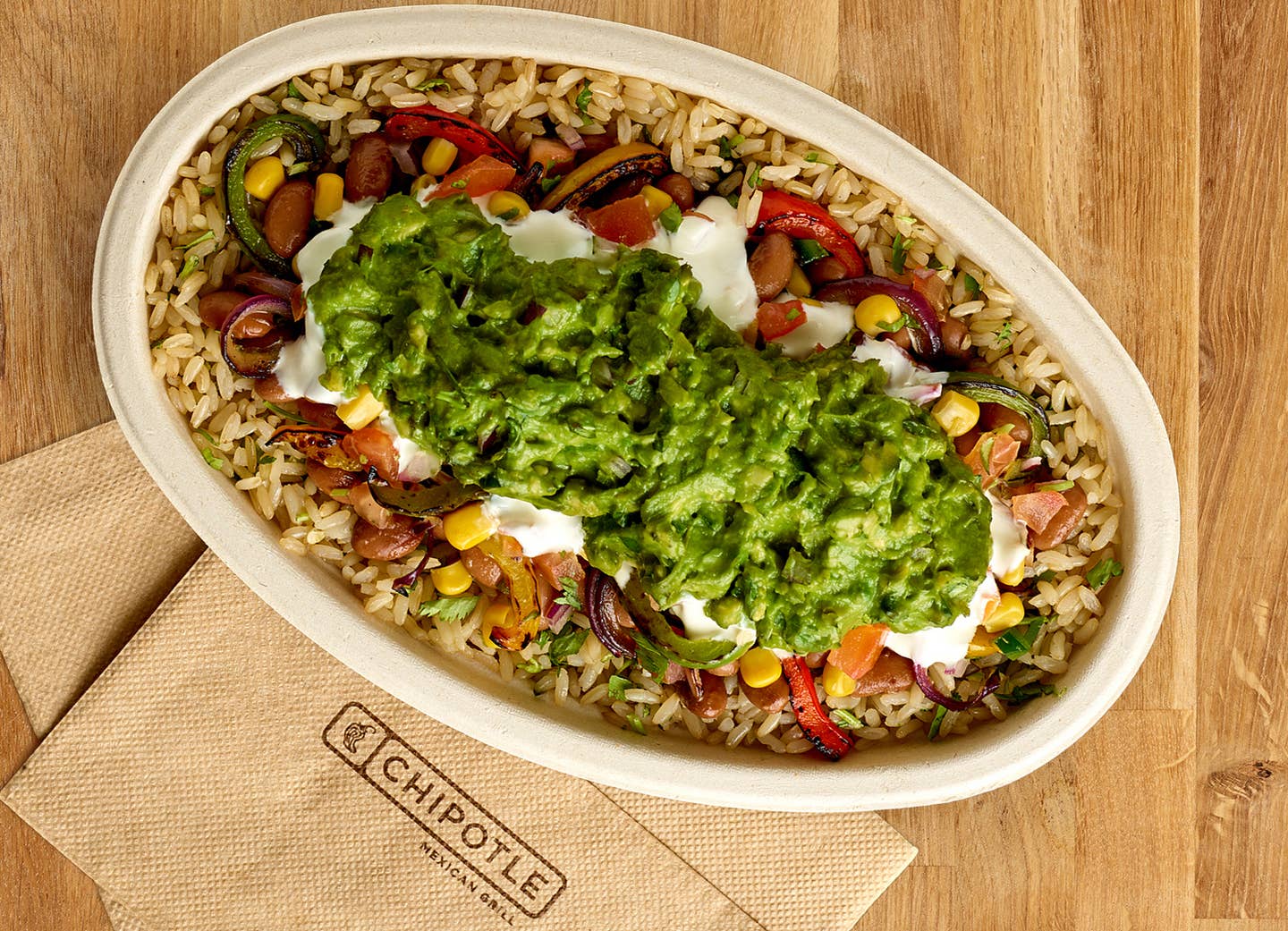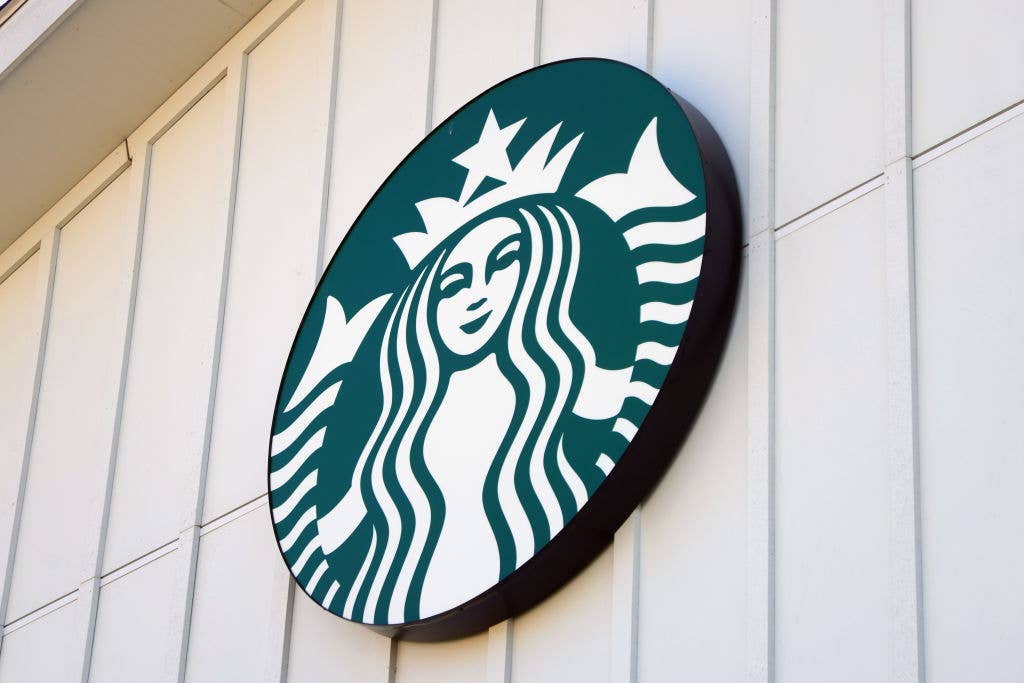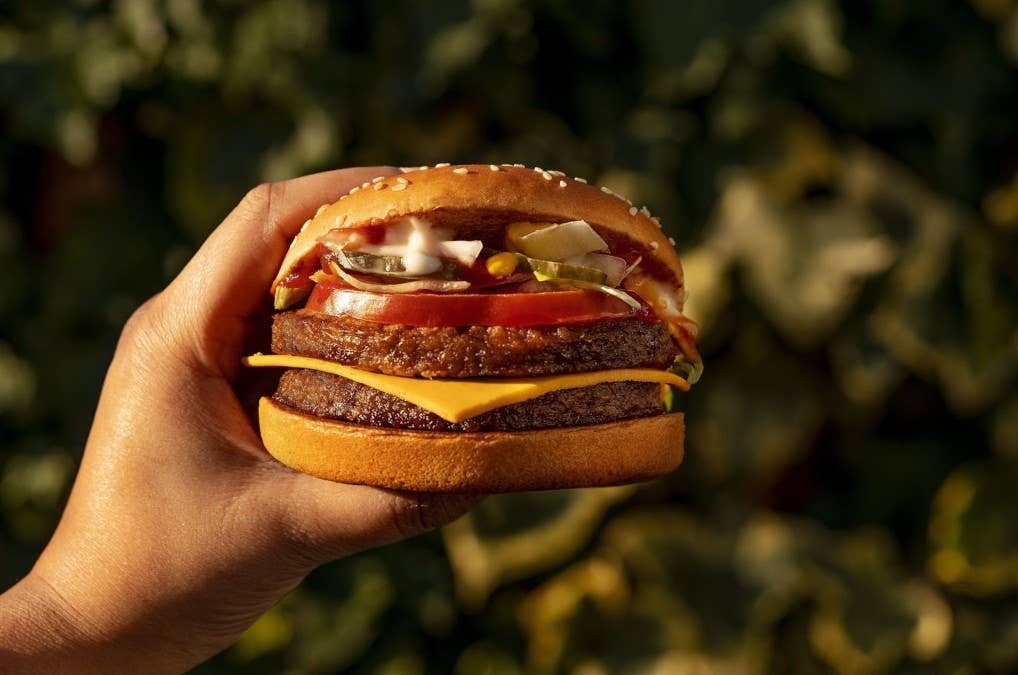
Vegan Cinnamon Roll Bakery Set to Double Its US and Canada Locations
Here's some good news for everyone with a sweet tooth – the national vegan bakery chain Cinnaholic plans to double its locations after its recent franchise expansion. The California-based company is looking to add 60 new locations across the United States and Canada, adding to its current 56 bakeries. The vegan bakery allows customers to customize their own cinnamon rolls by choosing between over 20 different frosting flavors as well as giving customers the choice between dozens of topping options. Everything from the frosting and toppings to the batter itself is made especially vegan to bring the favorite desert to plant-based consumers everywhere.
The expansion effort follows Cinnaholic’s success in combating the financial hardship caused by the COVID-19 restriction. The company’s grab-and-go and delivery methods allowed for its stores to survive the financial lows seen across the food and beverage industry.
“The pandemic still has impacts on our locations with restrictions or store closing - but we have done an amazing job as a franchise system to rise to the challenge so that our fans arable to get the desserts that they’ve fallen in love with, and our franchisees remain successful,” Cinnaholic President Spencer Reid told QSR Magazine. “As a result, many of our franchises have had a great year thus far, and we look forward to the opportunities to come.”
Since the start of 2021, the company has pushed to rapidly expand its locations and nationwide range. Cinnaholic has now partnered with 16 new franchisees, leading to the development of the 60 new locations. The expansion will continue with the development of nearly 10 new production bakeries that will help the existing and new stores manage growing consumer demand.
Franchisees see Cinnaholic as a highly profitable franchise brand due to its manageable operations and low start-up costs, leading to the rapid expansion the company experienced this year. Despite the COVID-19 pandemic, Cinnaholic still saw a 137 percent increase in its year-over-year same-store sales. The company focus on improving its third-party delivery, new menu items, and online ordering throughout the pandemic to fortify its financial standing. The company also looks for franchisees that will remain involved in the business, carrying out Cinnaholic’s vegan-driven business model.
“We’re always looking for a franchise that is involved. We can tell the difference between active franchise partners versus inactive,” Heather Stennis, director of marketing at Cinnaholic, said. “So we really encourage them to be involved with their day-to-day business. Especially in COVID and being able to reach out to the healthcare workers and schools. As people are navigating their business differently, we still want our franchise partners to be involved with their community, involved with their store.”
After five years of service, the investment reality show Shark Tank featured founders Shannon and Floria Radke. The husband-and-wife team opened their first store in Berkeley, CA in 2009 and after half a decade of success looked to start franchising its now-famous vegan cinnamon roll. The couple accepted Robert Herjavec’s $200,000 offer under the pretense that the funding would go directly towards Cinnaholic’s online sales. Following the show, however, the couple denied the deal to focus on storefront presence rather than online sales, but not ignoring the importance of online ordering.
“When we had the Sharks try our product, we didn’t tell them they were vegan,” Floian told VegNews. “It wasn’t until later in the pitch that we said there was a little secret about our rolls. Mark Cuban guessed cocaine, so I guess he found our rolls addictive.”
Now, the addictive cinnamon rolls can be found across the United States and Canada in cities including Houston, Evanston, Tampa, Victoria, Scottsdale, and many more. As Cinnaholic expands, more Americans will be allowed to try the addictively delicious vegan cinnamon rolls that shocked the Sharks from Shark Tank.
Top 15 Legumes and Beans
1. Soy Beans
Soybeans are a legume but they are such a great source of protein that we had to lead the veggie list with it. There is more protein in just one ounce of soybeans than a cup of sliced avocado! 1 cup equals Protein - 28.6g Calories - 298 Carbs - 17.1g Fiber - 10.3g Calcium - 175mg
2. Lentils
Lentils are the only beans that don't have to be soaked before preparing. Lentils can be the star of any dish that needs heft, from soups to burgers. Next time it's Taco Tuesday, try out lentil tacos—they pack a protein punch. 1 cup equals Protein - 17.9 g Calories - 230 Carbs - 39.9 g Fiber - 15.6 g Calcium - 37.6 mg
3. White Beans
Dried white beans can be stored for up to three years in a dry, room-temperature location. Which means you can keep them around whenever you need a staple for soups or stews. 1 cup equals Protein - 17.4 g Calories - 249 Carbs - 44.9 g Fiber -11.3 g Calcium - 161 mg
4. Edamame
Edamame is a great snack to keep in your freezer. Microwave them and spice them up with a sprinkle of salt, chili powder and red pepper flakes. You'll be enjoying a protein-filled snack that is better than chips. 1 cup (cooked and shelled) equals Protein - 16.9 g Calories - 189 Carbs - 15.8g Fiber - 8.1g Calcium - 97.6mg
5. Cranberry Beans
As you cook cranberry beans, the unique specks of red that give these legumes their name vanish. Boil the cranberry beans, blend into a spread and use as a delicious dip with veggies for a great protein snack. 1 cup equals Protein - 16.5 g Calories - 241 Carbs - 43.3 g Fiber - 15.2 g Calcium - 88.5 mg
6. Split Peas
Don't confuse split peas with green peas. Split peas are dried and—surprise— split. Unlike their sweet cousins, these peas must be boiled for 45 minutes before they're ready to eat. Make Ina Garten's easy Parker's Split Pea Soup for a protein-packed lunch. 1 cup cooked Protein - 16.3 g Calories - 229 Carbs - 41.1 g Fiber - 16.3 g Calcium - 27.4 mg
7. Kidney Beans
Make sure to soak these beans overnight to get rid of the toxic proteins in the raw bean that is harmful to people and animals. then cook thoroughly before eating. Soaking and cooking the beans will get rid of the harmful proteins. Then, dig in! 1 cup equals Protein - 15.3 g Calories - 225 Carbs - 40.4 g Fiber - 13.1 g Calcium - 49.6 mg
8. Black Beans
Black "turtle" bean is the technical name for this crowd favorite. The "turtle" part comes from the physical appearance of the shiny exterior shell that protects the bean. 1 cup equals Protein - 15.2 g Calories - 227 Carbs - 40.8 g Fiber - 15 g Calcium - 46.4 mg
9. Navy Beans
As you can see, navy beans are clearly not navy. So where did the name come from? These beans were such an important part of the U.S. Navy diet in the beginning of the 20th century that the beans were named after them. Anchors aweigh! 1 cup equals Protein - 15 g Calories - 255 Carbs - 47.4 g Calcium - 126 mg
10. Pinto Beans
Canned pinto beans aren't just a source of protein, but also major fiber. Pinto beans are often used as refried beans because they fall apart when steamed. 1 cup equals Protein - 15.4g Calories - 245 Carbs - 44.8g Fiber - 15.4g Calcium - 78.6mg
11. Chickpeas
What's better than hummus for boosting protein? Not much. Just half a cup delivers 10 grams of protein, which is a good percentage of your daily needs: ranging from 45 to 65 grams, depending on weight, gender and activity level. 1 cup equals Protein - 14.5g Calories - 269 Carbs - 45g Fiber - 12.5 g Calcium - 80.4 mg
12. Lima Beans
Lima beans are often called "butter beans" because of their buttery taste. Famously used in succotash, lima beans can also be used boost the taste of a hearty vegetable soup, or roast them with sweet potatoes as a side dish. 1 cup equals Protein - 14.7 g Calories - 216 Carbs - 39.3g Fiber - 13.2g Calcium - 32mg
13. Mung Beans
Mung beans lack a lot of flavor but are great to add to any dish for crunch and protein. Trade your chickpea-based falafel for a mung bean option to switch things up. Fact: Just Eggs uses mung beans for protein! 1 cup equals Protein - 14.2 g Calories - 212 Carbs - 38.7 g Fiber - 15.4 g Calcium - 54.5 mg
14. Fava Beans
Take the fava beans out of the pod since experts don't recommend eating that part. For freshest taste, only separate the beans from the pods when you 're ready to eat them. 1 cup equals Protein - 12.9 g Calories - 185 Carbs - 33.2 g Fiber - 9.18 g Calcium - 61.2 mg
15. Peas
Who knew little old peas pack a major protein punch? One cup of peas has more protein than one average-sized egg. Yep, you can make a bet and win it. 1 cup equals Protein - 8.6g Calories - 134 Carbs - 25g Fiber - 8.8 g Calcium - 43.2 mg
More From The Beet






